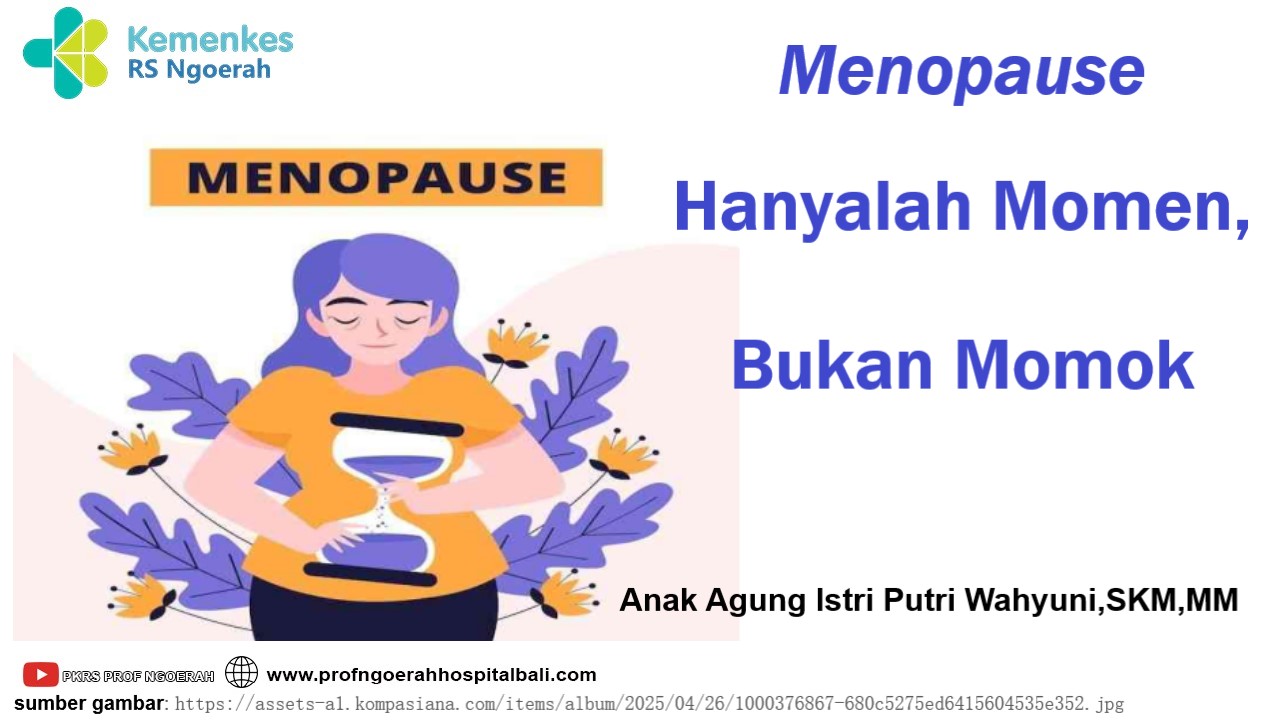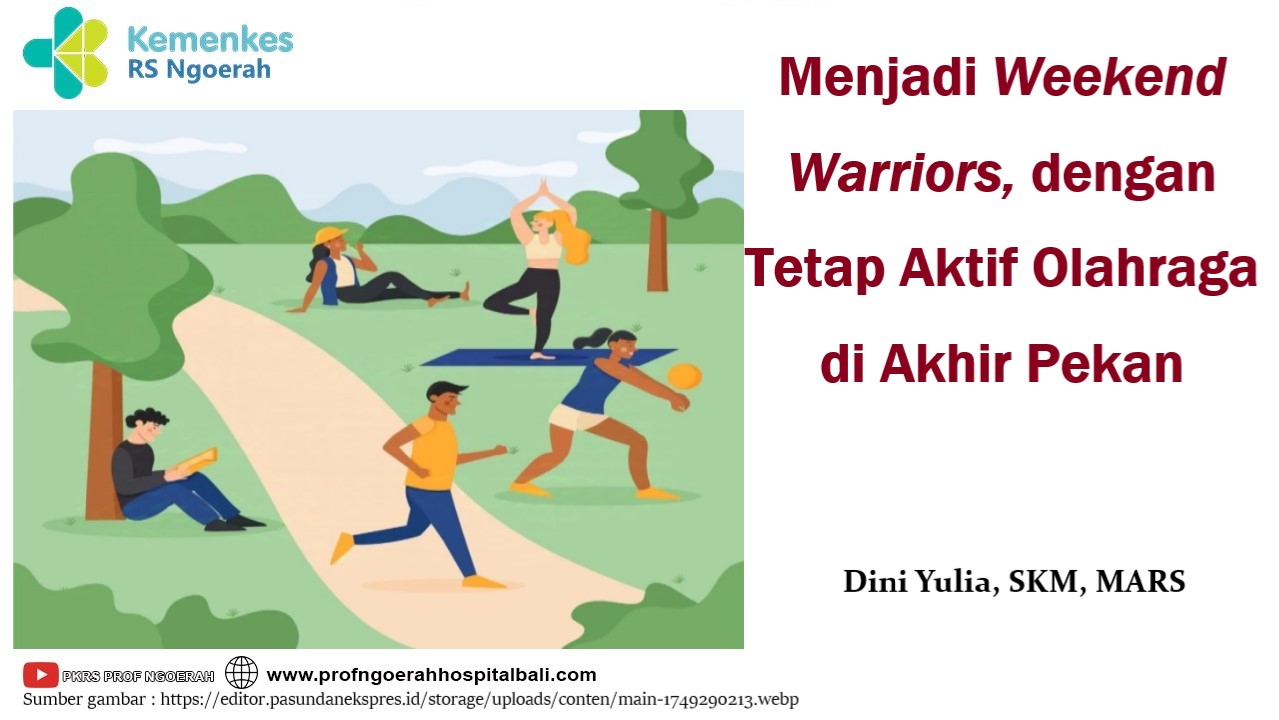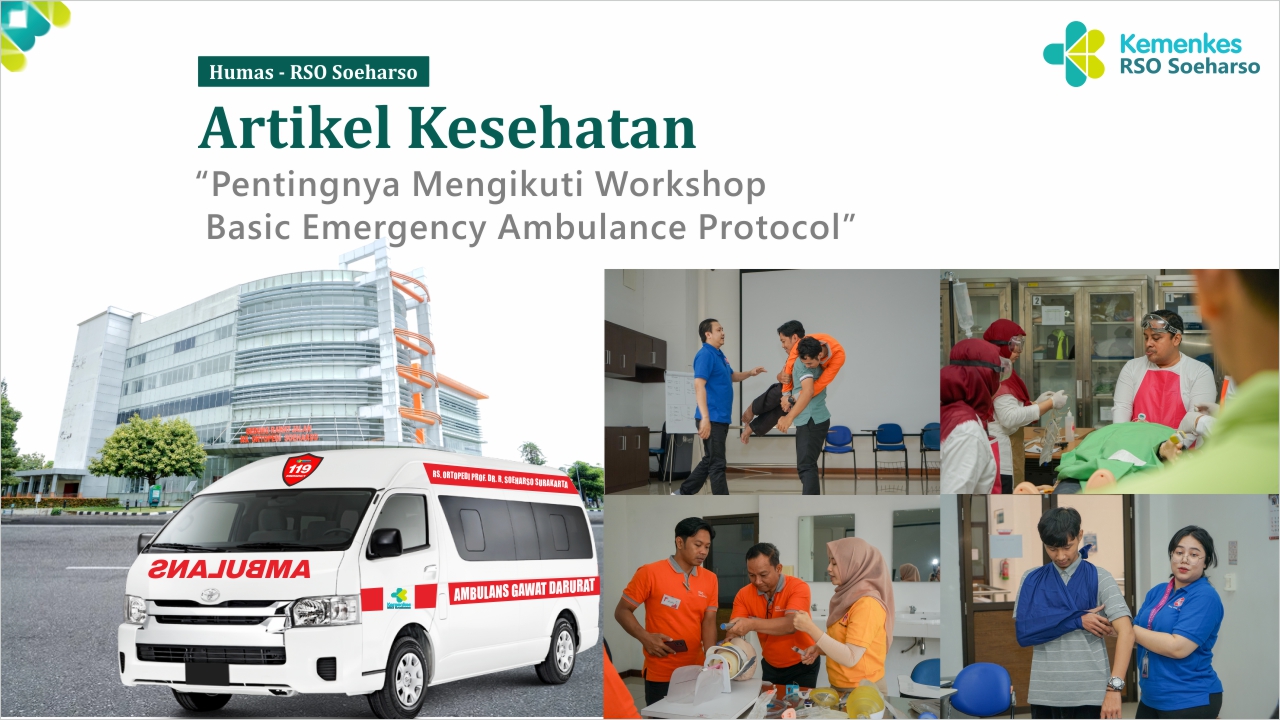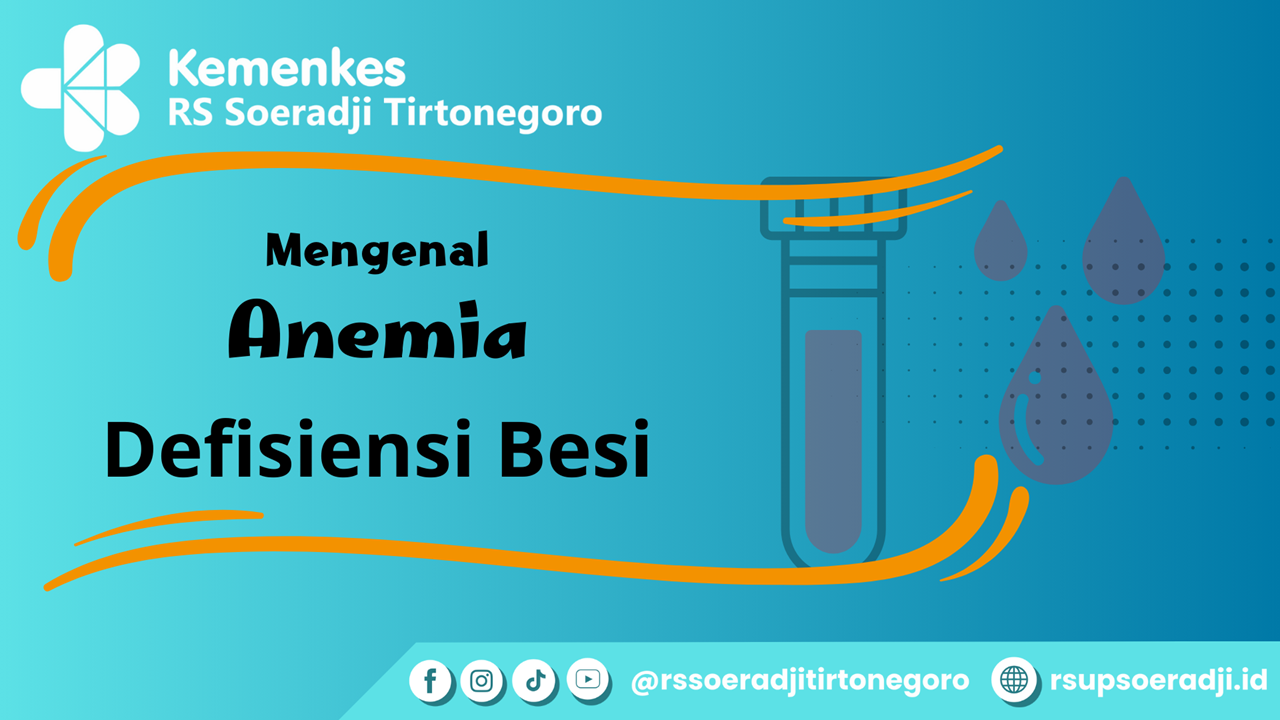Menari dan Dansa : Cara Asyik tuk Kurangi Risiko Penyakit Jantung ?

Penyakit jantung dan pembuluh darah saat ini adalah pembunuh nomor satu secara global. Diperkirakan sebanyak 17,9 Juta orang meninggal karena penyakit jantung dan pembuluh darah pada tahun 2019, dimana jumlah tersebut mereprentasikan 32?ri total kematian secara global. 85% kematian tersebut diakibatkan oleh serangan jantung mendadak dan stroke. Sebagian besar dari penyakit jantung dan pembuluh darah diakibatkan oleh pola perilaku dan gaya hidup yang tidak sehat seperti merokok, pola makan dan obesitas, kurangnya aktivitas tubuh (sedentary life style) serta konsumsi alkohol yang berlebihan. Kurangnya aktivitas fisik/sedentary life style sangat berpengaruh akan munculnya resiko penyakit jantung pembuluh darah, dan American Heart Association memberikan laporan bahwa sebayak 250.000 kematian di Amerika Serikat dihubungkan dengan kurangnya aktivitas fisik.<!--[if supportFields]>ADDIN CSL_CITATION {"citationItems":[{"id":"ITEM-1","itemData":{"DOI":"10.1161/CIRCHEARTFAILURE.108.765727","ISSN":"19413297","PMID":"19808280","abstract":"BACKGROUND: There is evidence that aerobic exercise improves functional capacity in patients with New York Heart Association (NYHA) class II and III chronic heart failure. However, it is unknown whether dancing is safe and able to improve functional capacity in patients with chronic heart failure. METHODS AND RESULTS: We prospectively studied 130 patients with stable chronic heart failure (107 men; mean age, 59+/-11 years) in New York Heart Association class II and III and left ventricle ejection fraction <40 n=44) n=44). n=42). P=0.59). r=-0.58, r=0.64, uuid=50f23404-8a64-4ff8-8e1c-ec2eea5ab022>1","plainTextFormattedCitation":"1","previouslyFormattedCitation":"1"},"properties":{"noteIndex":0},"schema":"https://github.com/citation-style-language/schema/raw/master/csl-citation.json"}<![endif]-->1<!--[if supportFields]><![endif]--> Namun, kurangnya aktivitas fisik ini merupakan salah satu faktor resiko yang “modified” atau yang dapat diubah, artinya dengan melakukan aktivitas fisik yang cukup dan sesuai maka kita dapat menurunkan risiko penyakit jantung.Begitu pentingnya aktivitas fisik dalam mengurangi resiko penyakit kronik seperti penyakit jantung dan pembuluh darah, pada tahun 2014, negara Australia merilis Australian Physical Activity and Sedentary Behaviour Guidelines untuk membantu rakyat disana melakukan aktivitas fisik yang sesuai dengan usia dan kondisi kesehatan masing-masing.
Bagaimana meningkatkan aktivitas fisik? Banyak cara yang dapat kita lakukan, bisa dengan hal kecil yaitu memilih naik tangga daripada lift atau eskalator, memilih sepeda sebagai alat transportasi sehari-hari daripada mobil atau motor, jogging, olahraga berlari , olahraga senam aerobik, dan menari atau dansa. Ya, dari contoh-contoh kegiatan diatas, menari mungkin salah satu cara yang paling menarik dan menyenangkan bagi sebagian orang. Menari atau dansa dikatakan mampu memberikan efek yang sama baiknya dengan aktivitas fisik lain, bahkan memiliki keuntungan berupa meningkatkan fleksibilitas dan keseimbangan tubuh. Menari yang efektif tentu saja tidak harus jenis tarian yang memiliki tempo cepat, dengan tempo yang sedang bahkan lambat seperti dansa Waltz pun tetap memiliki efek yang baik untuk jantung dan metabolisme tubuh secara umum.<!--[if supportFields]>ADDIN CSL_CITATION {"citationItems":[{"id":"ITEM-1","itemData":{"DOI":"10.1161/CIRCHEARTFAILURE.108.765727","ISSN":"19413297","PMID":"19808280","abstract":"BACKGROUND: There is evidence that aerobic exercise improves functional capacity in patients with New York Heart Association (NYHA) class II and III chronic heart failure. However, it is unknown whether dancing is safe and able to improve functional capacity in patients with chronic heart failure. METHODS AND RESULTS: We prospectively studied 130 patients with stable chronic heart failure (107 men; mean age, 59+/-11 years) in New York Heart Association class II and III and left ventricle ejection fraction <40 n=44) n=44). n=42). P=0.59). r=-0.58, r=0.64, uuid=50f23404-8a64-4ff8-8e1c-ec2eea5ab022>1","plainTextFormattedCitation":"1","previouslyFormattedCitation":"1"},"properties":{"noteIndex":0},"schema":"https://github.com/citation-style-language/schema/raw/master/csl-citation.json"}<![endif]-->1<!--[if supportFields]><![endif]--> Menari selain memiliki aspek fisik yaitu gerakan-gerakan yang dilakukan, namun dikatakan memilki aspek psikologis, dimana dikatakan orang yang menari apalagi dengan kelompok memiliki efek stress relief atau pereda stress, dimana kita tahu bahwa stress juga merupakan salah satu faktor untuk penyakit kardiovaskular dan metabolik.<!--[if supportFields]>ADDIN CSL_CITATION {"citationItems":[{"id":"ITEM-1","itemData":{"DOI":"10.1016/j.amepre.2016.01.004","ISSN":"18732607","PMID":"26944521","abstract":"Introduction Little is known about whether cardiovascular benefits vary by activity type. Dance is a multidimensional physical activity of psychosocial nature. The study aimed to examine the association between dancing and cardiovascular disease mortality. Methods A cohort study pooled 11 independent population surveys in the United Kingdom from 1995 to 2007, analyzed in 2014. Participants were 48,390 adults aged ?40 years who were free of cardiovascular disease at baseline and consented to be linked to the National Death Registry. Respondents reported participation in light- or moderate-intensity dancing and walking in the past 4 weeks. Physical activity amount was calculated based on frequency, duration, and intensity of participation in various types of exercise. The main outcome was cardiovascular disease mortality based on ICD-9 codes 390-459 or ICD-10 codes I01-I99. Results During 444,045 person-years, 1,714 deaths caused by cardiovascular disease were documented. Moderate-intensity, but not light-intensity, dancing and walking were both inversely associated with cardiovascular disease mortality. In Cox regression models, the hazard ratios for cardiovascular disease mortality, adjusted for age, sex, SES, smoking, alcohol, BMI, chronic illness, psychosocial distress, and total physical activity amount, were 0.54 (95% CI=0.34, 0.87) for moderate-intensity dancing and 0.67 (95% CI=0.52, 0.87) for moderate-intensity walking. Conclusions Moderate-intensity dancing was associated with a reduced risk for cardiovascular disease mortality to a greater extent than walking. The association between dance and cardiovascular disease mortality may be explained by high-intensity bouts during dancing, lifelong adherence, or psychosocial benefits.","author":[{"dropping-particle":"","family":"Merom","given":"Dafna","non-dropping-particle":"","parse-names":false,"suffix":""},{"dropping-particle":"","family":"Ding","given":"Ding","non-dropping-particle":"","parse-names":false,"suffix":""},{"dropping-particle":"","family":"Stamatakis","given":"Emmanuel","non-dropping-particle":"","parse-names":false,"suffix":""}],"container-title":"American Journal of Preventive Medicine","id":"ITEM-1","issue":"6","issued":{"date-parts":[["2016"]]},"page":"756-760","publisher":"Elsevier","title":"Dancing Participation and Cardiovascular Disease Mortality: A Pooled Analysis of 11 Population-Based British Cohorts","type":"article-journal","volume":"50"},"uris":["https://www.mendeley.com/documents/?uuid=07b3bf77-21d7-4b63-98a7-afe7a8c13ece"]}],"mendeley":{"formattedCitation":"2","plainTextFormattedCitation":"2","previouslyFormattedCitation":"2"},"properties":{"noteIndex":0},"schema":"https://github.com/citation-style-language/schema/raw/master/csl-citation.json"}<![endif]-->2<!--[if supportFields]><![endif]--> Dari aspek-aspek yang dipengaruhi tersebut dapat dilihat bahwa menari memiliki paket lengkap untuk mengurangi kejadian atau resiko penyakit jantung dan pembuluh darah.
Sebuah studi di Inggris dilakukan dengan melibatkan 11 populasi dengan jumlah subyek mencapai 48.390, berusia diatas 40 tahun dan tidak memiliki Riwayat sakit jantung sebelumnya, diobservasi sejak tahun 1995 sampai 2007, kemudian dianalisis pada tahun 2014, menunjukkan bahwa menari merupakan salah satu “olahraga” yang bersifat protektif untuk resiko penyakit jantung.<!--[if supportFields]>ADDIN CSL_CITATION {"citationItems":[{"id":"ITEM-1","itemData":{"DOI":"10.1016/j.amepre.2016.01.004","ISSN":"18732607","PMID":"26944521","abstract":"Introduction Little is known about whether cardiovascular benefits vary by activity type. Dance is a multidimensional physical activity of psychosocial nature. The study aimed to examine the association between dancing and cardiovascular disease mortality. Methods A cohort study pooled 11 independent population surveys in the United Kingdom from 1995 to 2007, analyzed in 2014. Participants were 48,390 adults aged ?40 years who were free of cardiovascular disease at baseline and consented to be linked to the National Death Registry. Respondents reported participation in light- or moderate-intensity dancing and walking in the past 4 weeks. Physical activity amount was calculated based on frequency, duration, and intensity of participation in various types of exercise. The main outcome was cardiovascular disease mortality based on ICD-9 codes 390-459 or ICD-10 codes I01-I99. Results During 444,045 person-years, 1,714 deaths caused by cardiovascular disease were documented. Moderate-intensity, but not light-intensity, dancing and walking were both inversely associated with cardiovascular disease mortality. In Cox regression models, the hazard ratios for cardiovascular disease mortality, adjusted for age, sex, SES, smoking, alcohol, BMI, chronic illness, psychosocial distress, and total physical activity amount, were 0.54 (95% CI=0.34, 0.87) for moderate-intensity dancing and 0.67 (95% CI=0.52, 0.87) for moderate-intensity walking. Conclusions Moderate-intensity dancing was associated with a reduced risk for cardiovascular disease mortality to a greater extent than walking. The association between dance and cardiovascular disease mortality may be explained by high-intensity bouts during dancing, lifelong adherence, or psychosocial benefits.","author":[{"dropping-particle":"","family":"Merom","given":"Dafna","non-dropping-particle":"","parse-names":false,"suffix":""},{"dropping-particle":"","family":"Ding","given":"Ding","non-dropping-particle":"","parse-names":false,"suffix":""},{"dropping-particle":"","family":"Stamatakis","given":"Emmanuel","non-dropping-particle":"","parse-names":false,"suffix":""}],"container-title":"American Journal of Preventive Medicine","id":"ITEM-1","issue":"6","issued":{"date-parts":[["2016"]]},"page":"756-760","publisher":"Elsevier","title":"Dancing Participation and Cardiovascular Disease Mortality: A Pooled Analysis of 11 Population-Based British Cohorts","type":"article-journal","volume":"50"},"uris":["https://www.mendeley.com/documents/?uuid=07b3bf77-21d7-4b63-98a7-afe7a8c13ece"]}],"mendeley":{"formattedCitation":"2","plainTextFormattedCitation":"2","previouslyFormattedCitation":"2"},"properties":{"noteIndex":0},"schema":"https://github.com/citation-style-language/schema/raw/master/csl-citation.json"}<![endif]-->2<!--[if supportFields]><![endif]--> Pada tahun 2016, dilakukan sebuah studi meta analisis di Brazil untuk melihat efek dari menari pada resiko kardiovaskular yang terkait dengan proses penuaan, hasil yang didapatkan adalah menari memperbaiki kemampuan jantung dan paru pada populasi orang tua yang merupakan populasi paling berisiko terhadap penyakit jantung dan pembuluh darah.<!--[if supportFields]>ADDIN CSL_CITATION {"citationItems":[{"id":"ITEM-1","itemData":{"DOI":"10.1016/j.ctim.2016.09.004","ISSN":"18736963","PMID":"27912941","abstract":"Background Exercising, including dancing, has been recommended to improve cardiovascular health of older people. Herein, we conducted a systematic review and meta-analysis verifying the effects of dance interventions on cardiovascular risk (CVR) in the elderly, comparing dancers to non-exercise controls and other types of exercise, in randomised (RCTs) and non-randomised control trials (nRCTs). Primary/Secondary outcomes: peak oxygen consumption (VO2peak)/anthropometric measurements (body weight, BMI), and lipid profile. Methods Data Sources: MEDLINE, Cochrane Wiley, Clinical Trials.gov, PEDRO and LILACS databases. Study Selection: RCTs and nRCTs comparing elderly before and after dance interventions with non-exercising controls and/or practitioners of other types of exercise. Two independent reviewers extracted data and assessed the quality of included studies. Results A total of 937 articles were retrieved, 64 full texts were assessed for eligibility, and 7 articles met the inclusion criteria. Pooled mean differences between intervention and control were calculated by random-effects model. VO2peak improved in favour of dancers (3.4 mL kg?1 min?1, 95%CI: 1.08, 5.78, I2 = 71%), compared to non-exercise controls. No differences were found between dance and other exercises. Body weight and BMI were not altered by dance interventions. Conclusions Dance interventions may increase VO2peak compared to non-exercising controls. Results also indicate it is as effective as other types of exercise in improving aerobic capacity of the elderly. Dancing might be a potential exercise intervention for improving cardiorespiratory fitness and consequent CVR associated with ageing. Proper reporting on adverse events is needed to base the benefits of dancing for the older on both efficacy and safety of the interventions.","author":[{"dropping-particle":"","family":"Rodrigues-Krause","given":"Josianne","non-dropping-particle":"","parse-names":false,"suffix":""},{"dropping-particle":"","family":"Farinha","given":"Juliano Boufleur","non-dropping-particle":"","parse-names":false,"suffix":""},{"dropping-particle":"","family":"Krause","given":"Mauricio","non-dropping-particle":"","parse-names":false,"suffix":""},{"dropping-particle":"","family":"Reischak-Oliveira","given":"Álvaro","non-dropping-particle":"","parse-names":false,"suffix":""}],"container-title":"Complementary Therapies in Medicine","id":"ITEM-1","issued":{"date-parts":[["2016"]]},"page":"16-28","publisher":"Elsevier Ltd","title":"Effects of dance interventions on cardiovascular risk with ageing: Systematic review and meta-analysis","type":"article-journal","volume":"29"},"uris":["https://www.mendeley.com/documents/?uuid=f8e15678-30dd-4590-a51a-956015d2576b"]}],"mendeley":{"formattedCitation":"3","plainTextFormattedCitation":"3","previouslyFormattedCitation":"3"},"properties":{"noteIndex":0},"schema":"https://github.com/citation-style-language/schema/raw/master/csl-citation.json"}<![endif]-->3<!--[if supportFields]><![endif]-->
Pada akhirnya, aktivitas fisik apapun diatas akan membantu untuk mengurangi risiko kejadian munculnya penyakit jantung dan pembuluh darah, namun harus dilakukan secara teratur dan tentunya dengan perasaan yang senang. Menari adalah salah satu kegiatan yang tidak hanya menyenangkan, namun memiliki efek yang sangat baik untuk tubuh. Bila hati senang ketika melakukan sesuatu, maka kita pun akan melakukannya secara teratur. Jadi menarilah dengan wajah tersenyum dan hati yang senang, demi jantung yang sehat.
Referensi :
Belardinelli R, Lacalaprice F, Ventrella C, Volpe L, Faccenda E. Waltz dancing in patients with chronic heart failure: new form of exercise training. Circ Heart Fail. 2008;1(2):107–14.
Merom D, Ding D, Stamatakis E. Dancing Participation and Cardiovascular Disease Mortality: A Pooled Analysis of 11 Population-Based British Cohorts. Am J Prev Med [Internet]. 2016;50(6):756–60. Available from: https://dx.doi.org/10.1016/j.amepre.2016.01.004
Rodrigues-Krause J, Farinha JB, Krause M, Reischak-Oliveira Á. Effects of dance interventions on cardiovascular risk with ageing: Systematic review and meta-analysis. Complement Ther Med [Internet]. 2016;29:16–28. Available from: https://dx.doi.org/10.1016/j.ctim.2016.09.004
Sumber gambar: canva.com
<!--[if supportFields]><![endif]-->







